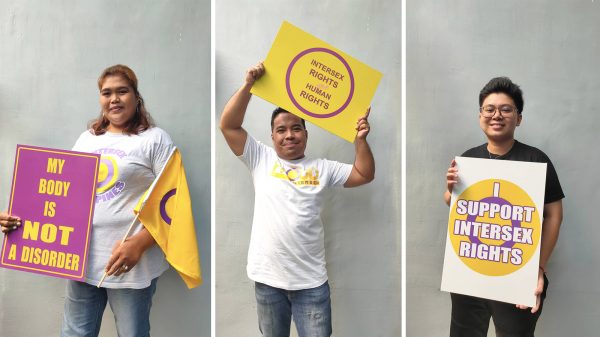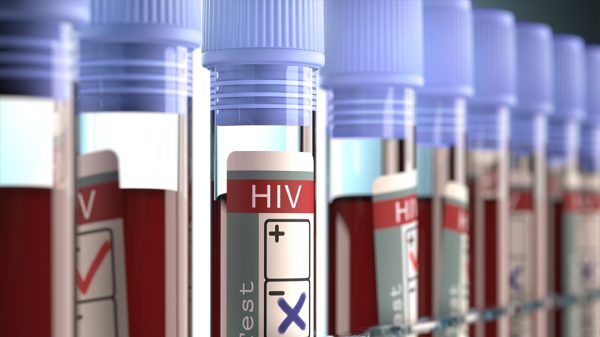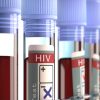People with minority sexual orientation have higher average impact of endometriosis on Endometriosis Impact Questionnaire (EIQ) physical, psychological and social subscales, highlighting the need for inclusive gynecological care.
This is according to a study – “Association Between Sexual Orientation and the Impact, Diagnosis, and Treatment of Endometriosis” by Shea E. O’Donnell and Linda Abarbanell – that appeared in LGBT Health.
As FYI: Endometriosis is a medical condition where tissue similar to the lining of the womb grows in other places, such as the ovaries and fallopian tubes.
But the researchers noted that data on the association between sexual orientation and the impact, diagnosis and treatment of endometriosis is lacking. So they conducted an online survey in 2023 with 150 American adults with endometriosis, 119 of whom identified as heterosexual and 31 with a minority sexual orientation. The impact of endometriosis was measured using the EIQ, consisting of eight subscales. They also assessed factors related to diagnosis and treatment satisfaction. Data were analyzed using independent samples t-tests and multiple linear regression.
Key findings included:
- Participants with a minority sexual orientation had a higher average impact of endometriosis on the EIQ physical, psychological, and social subscales than heterosexual participants but a lower impact on the fertility subscale, all with medium effect sizes.
- They took an average of 5 years longer to be diagnosed, with 83.9% of sexual minority versus 45.4% of heterosexual participants receiving at least one misdiagnosis.
- More sexual minority versus heterosexual participants also reported feeling dismissed or disbelieved (96.8% vs. 64.4%), not feeling listened to by providers (96.8% vs. 62.2%), and having difficulty communicating with providers (90.3% vs. 55.5%).
- The association between sexual orientation and the EIQ physical, psychological, and social subscales could be explained, in particular, by having been misdiagnosed.
According to the researchers, these results “highlight the need for better medical education and inclusive gynecological care to promote timely diagnosis and treatment of endometriosis. They also suggest that provider biases and discrimination may contribute to a greater impact of endometriosis on sexual minority patients.”
































































